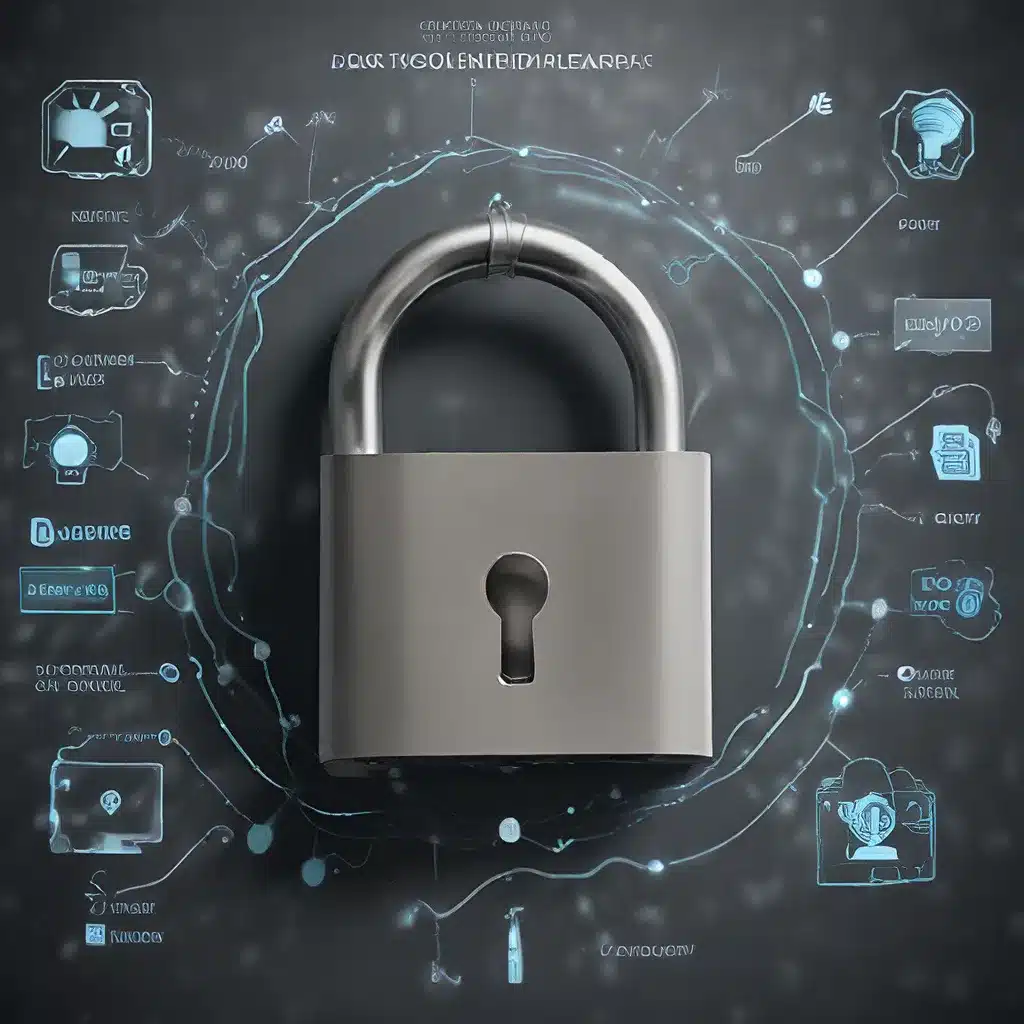
The Internet of Things (IoT) has revolutionized the way we interact with our environment, enabling seamless communication between an ever-increasing number of connected devices. From smart homes and intelligent transportation to industrial automation and environmental monitoring, IoT technologies have opened up vast opportunities for innovation and improved quality of life. However, this rapid growth has also brought forth significant security and privacy challenges that must be addressed to unleash the full potential of the IoT ecosystem.
Overcoming IoT Security Hurdles
The decentralized and diverse nature of IoT systems poses unique security risks that traditional network security approaches often struggle to mitigate. IoT devices, which can range from simple sensors to complex industrial controllers, are frequently deployed in uncontrolled environments, making them vulnerable to a wide range of cyber threats, including unauthorized access, data breaches, and denial-of-service attacks.
Emerging research has highlighted the need for robust authentication and access control mechanisms to safeguard IoT systems. Conventional password-based authentication, for example, is often inadequate, as IoT devices may have limited user interfaces or be deployed in remote locations, making it challenging to manage and secure credentials effectively.
Biometric-Based Authentication: A Promising Approach
To address these challenges, biometric-based authentication has emerged as a promising solution for IoT security. Biometric identifiers, such as fingerprints, facial features, or voice patterns, are inherently unique to each individual and can provide a more secure and convenient means of verifying the identity of IoT device users and owners.
Recent studies have explored the integration of biometric authentication into IoT architectures, enabling seamless and robust access control. By leveraging advanced sensor technologies and machine learning algorithms, IoT devices can now accurately identify authorized users, ensuring that only legitimate entities can access and control the system.
Enhancing Access Control with Blockchain
In addition to biometric-based authentication, blockchain technology has also gained traction as a way to enhance access control in IoT environments. Blockchain’s decentralized, transparent, and immutable nature makes it an ideal solution for managing the complex authorization and access control requirements of IoT systems.
Researchers have proposed blockchain-based frameworks that enable fine-grained access control, where IoT devices can dynamically grant or revoke permissions based on pre-defined rules and user profiles. This approach not only enhances security but also flexibility, as IoT system administrators can easily adapt access policies in response to changing requirements or emerging threats.
Secure IoT Communication Protocols
Alongside authentication and access control, the secure communication of IoT devices is another critical aspect of ensuring the overall security of the IoT ecosystem. IoT systems often rely on a wide range of communication protocols, each with its own set of security features and vulnerabilities.
Sensor networks researchers and IoT developers have dedicated significant efforts to the development and standardization of secure communication protocols, such as DTLS (Datagram Transport Layer Security) and MQTT (Message Queuing Telemetry Transport), which incorporate encryption, authentication, and integrity checks to protect IoT data in transit.
Energy-Efficient Security Solutions
One of the key challenges in IoT security is the limited computational and energy resources of many IoT devices. Implementing advanced cryptographic algorithms and security mechanisms can often result in high energy consumption, which can impact the battery life and operational efficiency of IoT systems.
To address this issue, innovative approaches have emerged that focus on energy-efficient security solutions for IoT. These include the optimization of security protocols, the use of lightweight cryptography, and the integration of energy harvesting** techniques to power IoT devices without depleting their limited energy resources.
Toward a Secure and Resilient IoT Ecosystem
As the Internet of Things continues to expand and permeate various aspects of our lives, the need for robust security and privacy measures has become increasingly paramount. The advancements in biometric authentication, blockchain-based access control, secure communication protocols, and energy-efficient security solutions outlined in this article represent vital steps toward the creation of a secure and resilient IoT ecosystem.
By embracing these cutting-edge security approaches, IoT developers, service providers, and end-users can enhance the trustworthiness of IoT systems, protect sensitive data, and safeguard critical infrastructure against emerging cyber threats. As the IoT landscape continues to evolve, the incorporation of these security innovations will be instrumental in unlocking the full transformative potential of this revolutionary technology.